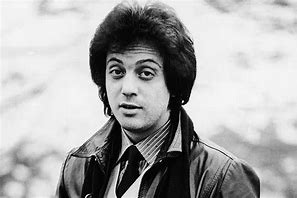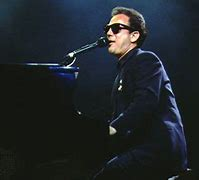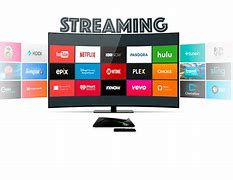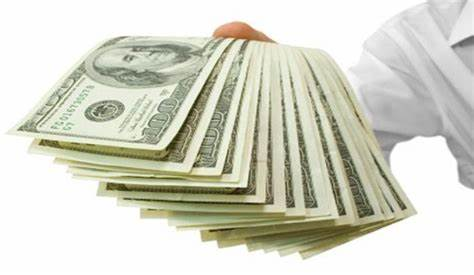We have seen tons of apps in the last several years especially geared towards delivery (or in some cases rentals). Why is that? Why did we need pizza and newspaper delivery way before needing McDonalds delivered?
Back many years ago, many people had milk and newspapers delivered. At least those were primarily the two items that you might think about. Milk was delivered so it could be fresh, and it was more difficult to keep cooler for a longer time than it is today. Newspapers were delivered because people wanted to know what was going on and by reading the news at breakfast or on the way to work got you caught up on the previous day’s events.
Newspapers gradually gave way to TV broadcasts. Why waste time reading when you could have someone read the news to you (plus have moving pictures and weather forecasts that were more detailed than ever). Milk gradually was able to be stored longer and in more stores so less and less people needed delivery.
Eventually someone got the smart idea to deliver pizza (I’m sure it can be found on the internet who was first, but you can do the research). Why not hamburgers or casseroles, why pizza? Well I’m sure it was an ideal product to work with. It could stay warm for the relatively short trips and people love pizza. It also could feed several people at once so you only had to agree on the toppings (for the most part).
In the last several years other foods have become a deliverable product and of course even other types of products can be delivered. From McDonalds to Walmart to Amazon, just about every place can deliver what you want without you leaving your house/work.
I just don’t know if this will survive in the long run. We know the positives (saves you driving, if busy you get more work done, etc.) but what are the negatives? You can stay at home, but that can be a positive (no commute, save on babysitting) and a negative (don’t see people much, less exercise, poor diet). You can drive less by using delivery, that could keep one less car on the road even if that car that is delivering to you is using energy.
By far the biggest negative is the costs. The costs are far higher for delivery these days. Pizza was easier because you could deliver to multiple houses at the same time, lowering the cost per household. A delivery app like Shipt, is usually one, maybe two orders at a time. Not only that but the Pizza place paid the person doing the delivering their wage (though they could get tips). Also, when they weren’t making deliveries, they could do other things at the restaurant.
A delivery app not only needs to pay the restaurant for the food plus a little more for profit, but they have to pay the driver a wage. That driver is using their own vehicle as well which means some of their wages goes to vehicle maintenance, insurance, gas, etc. It just is impossible for a driver to make enough money to cover all of it. Not to mention the restaurant and the delivery app company getting their fair share.
I did Instacart for a month. It was hard work. I spent part of my time waiting around for an order to come in. Once I got one, I had to shop it, which you want to do as quickly and efficiently as possible as the less time it takes the better. Finally, you drive to the customer’s house and deliver it. You get paid and hopefully get a good tip. I was lucky to make minimum wage (not even factoring in the costs to me (gas, wear and tear on the car). Finally, you have NO insurance. No car insurance, no health insurance, no benefits paid by the delivery app company. I think some are offering a little, but you are usually just a contractor. You have to paid out of pocket for everything associated with your job.
I see the benefits more for a customer than for an employee (contractor) for these delivery jobs. Maybe things have improved since I did it, but it just seems to me a rough way to make a living. I read all the time about people not tipping or reducing tips when using these services. If you are going to use a delivery app, make sure you tip properly (unless the person was indeed deserving a bad tip). It isn’t their fault the delivery app companies are screwing them.
And don’t talk to me about drone delivery, that is a pipe dream.












